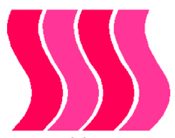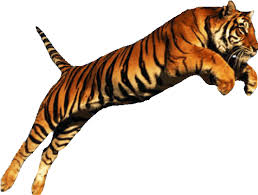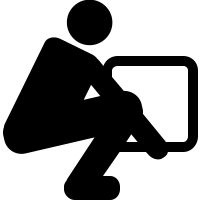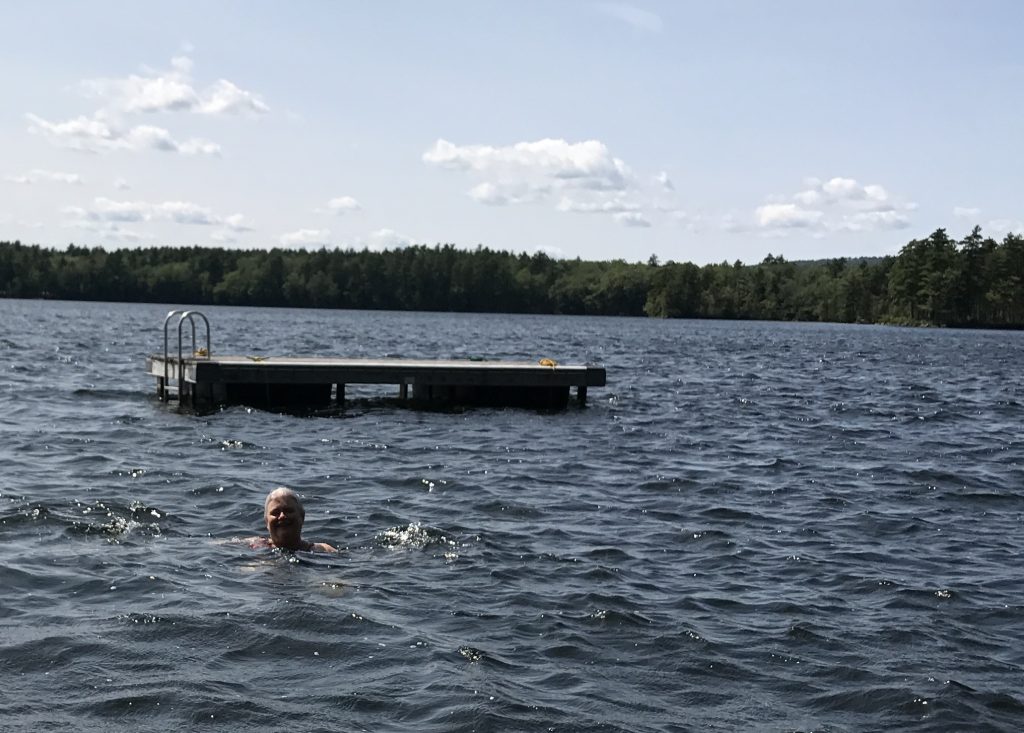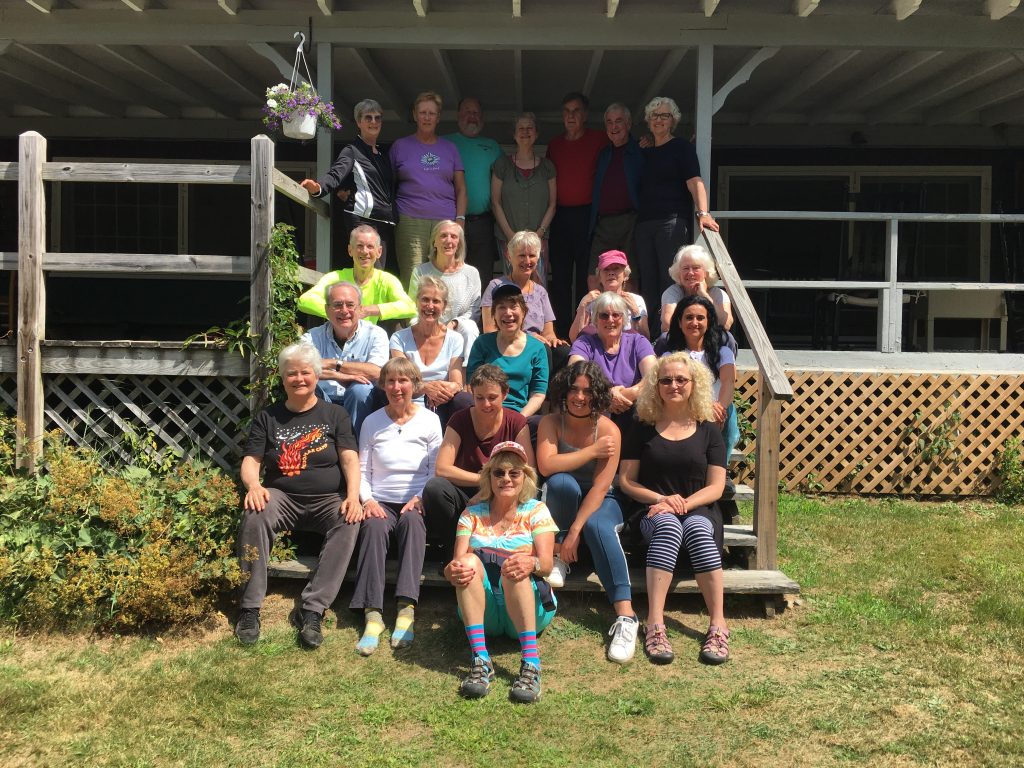Printable essay: 2020 Winter Essay. “Feldenkrais: An Intriguing Kind of Exercise”
Are you resolved in 2020 to get more exercise? If so, good for you. Many of us have the same goal.
And, what will you do?
Perhaps you would like to try something new. Maybe the Feldenkrais Method is just what you are looking for.
The Method is named after its founder, Moshe Feldenkrais. He lived from 1904 – 1984. His life was rich in struggle and triumph, and from those experiences he devised a new approach to movement. The people who carry on his work are called Feldenkrais Practitioners. You can participate through group classes and individual sessions.
The center of the Feldenkrais Method is cultivating awareness. This means to become more aware of what you are doing. As adults, most movement occurs automatically; in other words, according to habit. This is efficient, but it has the drawbacks of limiting one’s horizon and perpetuating old patterns.
With the goal of coming to a fresh experience, Feldenkrais devised intriguing movement sequences; he called these lessons. Each lesson is an exploration of theme.
A common theme is turning. During a class, or private session, you stand, or sit, and turn to look behind, noting while doing so how far you can easily see. Then, turning again, you place a highlight, one at a time, on various aspects of the movement – the contribution from the eyes, the chest, the arms and hands, the weight across the feet or sitting bones, and so on. After 20 minutes or so, you repeat the initial “naïve” turn and, commonly, are surprised at the increase in ease and range. “Why do I turn so much further?”, you ask. “There was no stretching, or strengthening.” The Feldenkrais Practitioner replies: “Maybe it’s magic! LOL. Or, maybe, each contributing element has been awakened and brought up to its optimum.”
The Feldenkrais Method is good for everyone. But most people who seek it out are in pain, or feel their posture is bad. Many find improvement. Nothing can be promised, and no one knows what Feldenkrais is before they try it. So it is good to
approach an initial session with an open mind and an open heart. When the match is good, at the end of the session, you are likely to feel lighter, taller, more grounded and, overall, more comfortable. Just the way a natural human is meant to be.
